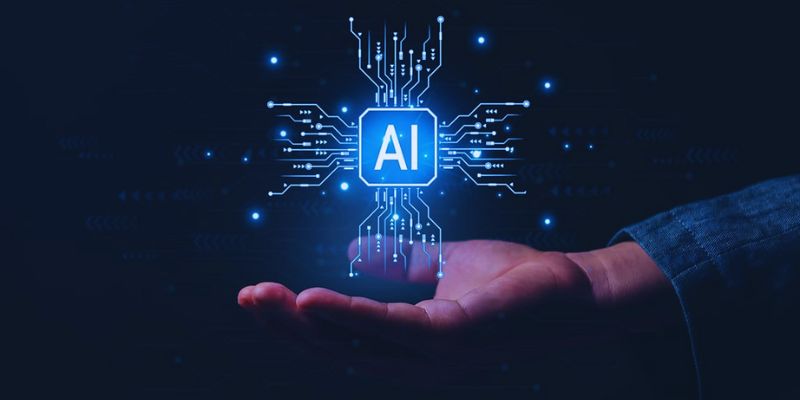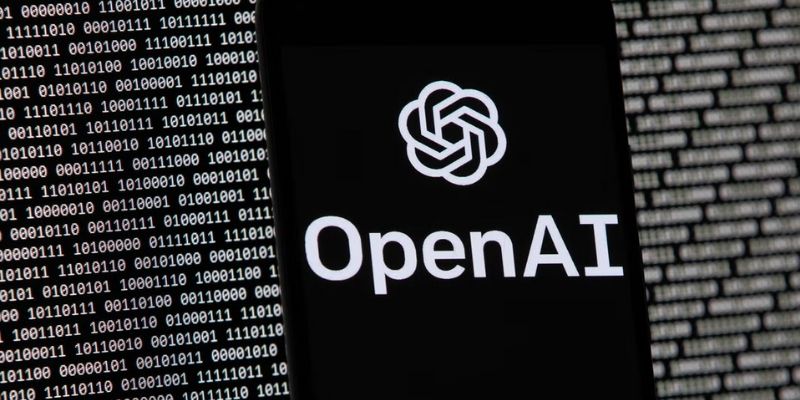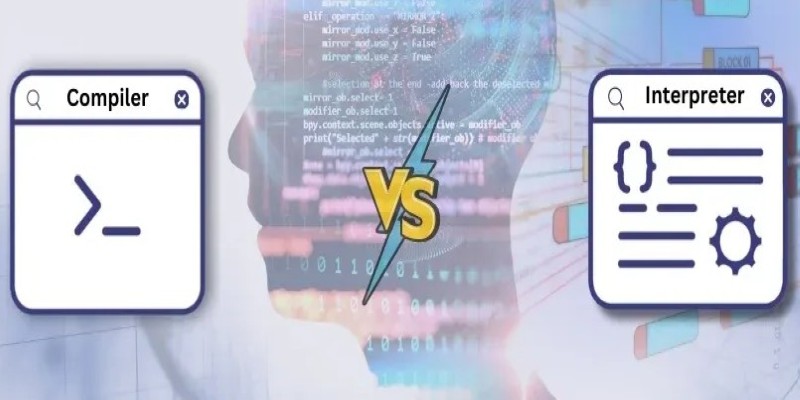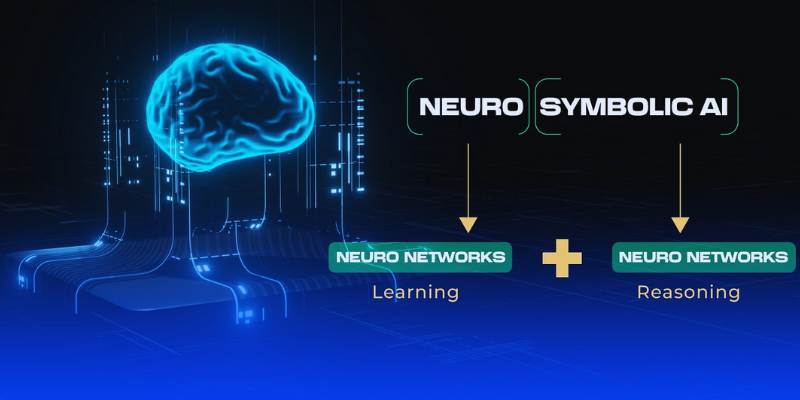Advertisement
Artificial intelligence (AI) is growing rapidly and invading everyday life. It drives helpers, smart tools, and machinery. In health, business, and education, AI finds use. Still, underlying its advantages is a secret cost. AI depends on data centers running intricate systems. These centers require massive volumes of water and electricity, straining the ecosystem and energy supplies.
Growing artificial intelligence also requires additional room, cooling, and power. This results in higher carbon emissions and more use of natural resources. Additionally, artificial intelligence generates more electronic waste by using rare earth minerals. Many times, these impacts are overlooked. However, they can seriously damage our earth. In this guide, we will investigate how AI affects data centers.

Large and sophisticated AI models. To learn and make judgments, they must possess strong machinery. These machines operate within data centers. AI jobs consume more energy than standard computer chores. For instance, one ChatGPT request calls for almost 2.9 watt-hours. About 0.3 watt-hours are consumed in a typical Google search. That's around ten times less. AI that generates images, videos, or sound requires still more energy. These models make use of thousands of computers concurrently.
According to the Electric Power Research Institute, 10% to 20% of data center power today comes from artificial intelligence. This figure is going to rise. U.S. data centers might run on 9% of all electricity by 2030. Two purposes are served out of all this energy. Run the AI models is one. Keeping them cool comes second. The machines break down and overheat without cooling. Unless renewable energy is applied, this great power consumption raises emissions.
AI systems leave behind a big carbon footprint. Training one AI model can emit approximately 626,000 pounds of carbon dioxide. In their lifespan, more than five cars have been created. Typically, coal or gas plants provide the power consumed. These spew poisons into the atmosphere, leading to global warming and climate change. AI has another hidden water cost as well. Data centers are cool with fresh water.
One person Using ChatGPT 10–50 times could require half a liter of water. Millions of people utilizing artificial intelligence swiftly add up. In places with scarce water, this is really important. Data centers might aggravate water scarcity. Cooling systems could draw local water supplies or river water. Artificial intelligence can influence the surroundings, including people and wildlife. As artificial intelligence develops, both water and carbon use rise.
AI hardware calls for rare materials and specialized processors. Other vital minerals, such as lithium and cobalt, are expensive to mine and difficult to locate. Mining compromises land and water, generates a great deal of pollution, and produces trash. Certain mines endanger surrounding towns and forests. Old hardware turned away becomes electronic garbage. Many times, this trash includes dangerous metals. Improper recycling of it contaminates water and soil.
Furthermore, artificial intelligence systems frequently need improvements. Newer chips are faster and more powerful, but often, replacing them results in additional garbage. Only a small portion of this e-waste is properly recycled. Most either burn or find their way into landfills, causing health hazards and increased environmental damage. Better recycling techniques and longer-lasting designs are therefore required to correct this.

Many approaches exist to lessen the negative impact of data centers and artificial intelligence on the surroundings. Here are some key actions:
Setting clear guidelines for data centers allows governments to actively lower artificial intelligence's environmental impact. While some laws demand businesses disclose their energy consumption and carbon emissions, others mandate centers utilize renewable energy. These guidelines encourage responsibility and sometimes provide incentives or prizes for environmentally friendly behavior. Based on electricity needs, water availability, and noise issues, several towns are limiting where and how many data centers may be constructed.
People are starting to probe crucial issues, including whether a company runs on green power and whether an artificial intelligence model is environmentally friendly. Many now expect transparency from digital companies—including explicit energy reports and environmental goals—and this growing worry is forcing companies to behave more ethically under duress. Real progress may be achieved when governments, businesses, and the public cooperate. Technology companies can especially help with this.
Artificial intelligence is expanding rapidly and altering our way of life, work, and communication. However, the underlying cost of this expansion is a significant environmental cost. Huge volumes of energy, water, and rare materials are consumed in data centers running artificial intelligence. Growing electronic garbage, water scarcity, and carbon emissions follow from this. Still, there are answers available. Better cooling, green energy, and clever artificial intelligence models can all help. Together, governments, businesses, and the public need to act. Clear regulations, creativity, and awareness are crucial. Acting now will help us to enjoy the advantages of artificial intelligence without endangering the earth.
Advertisement

Discover the 6 common ways to use the SQL BETWEEN operator, from filtering numbers and dates to handling calculations and exclusions. Improve your SQL queries with these simple tips!

Discover how AI in the NOC is transforming network operations with smarter monitoring, automation, and stronger security

Nvidia stock is soaring thanks to rising AI demand. Learn why Nvidia leads the AI market and what this means for investors

Discover ChatGPT AI search engine and OpenAI search engine features for smarter, faster, and clearer online search results

Still puzzled by self in Python classes? Learn how self connects objects to their attributes and methods, and why it’s a key part of writing clean code

Curious about what really happens when you run a program? Find out how compilers and interpreters work behind the scenes and why it matters for developers

Discover how AI transforms financial services by enhancing fraud detection, automating tasks, and improving decision-making

Ever needed fast analytics without heavy setups? DuckDB makes it easy to query files like CSVs and Parquet directly, right from your laptop or app.

Chile uses forest fire detection technology and AI-powered fire warning systems to detect fires early and protect forests

Discover how to turn simple data into eye-catching 3D pie charts. This guide shows you easy steps, smart design tips, and when to use 3D for maximum impact

Learn how Automated Machine Learning is transforming the insurance industry with improved efficiency, accuracy, and cost savings

Neuro-symbolic AI blends neural learning and symbolic reasoning to create smarter, adaptable systems for a more efficient future